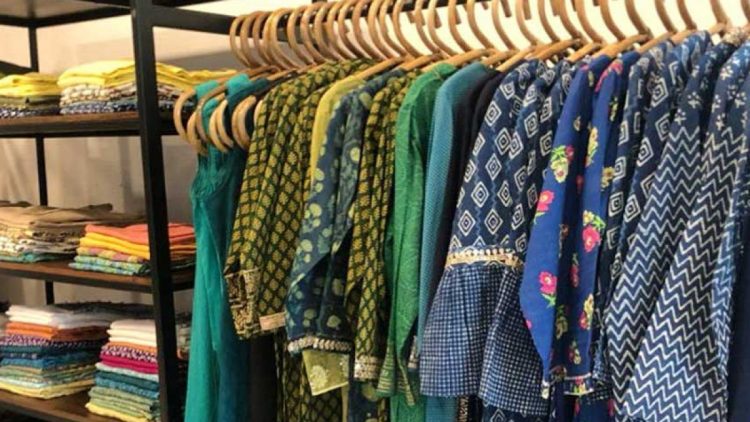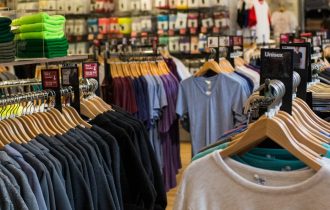Fashion in the Digital Age: The Intersection of Technology and Style
The fashion industry, like many other sectors, has undergone a significant transformation in the digital age. Technology has revolutionized the way we interact with fashion, from shopping experiences to social media trends. The intersection of technology and style has given rise to innovative possibilities and challenges, shaping the future of fashion in exciting ways. In this article, we explore how technology is reshaping the fashion landscape, the impact of e-commerce and social media, and the rise of sustainable digital fashion.
The E-Commerce Revolution: Shopping from Anywhere
The advent of e-commerce has disrupted the traditional retail model, providing consumers with unparalleled convenience and access to a vast array of fashion products from the comfort of their homes. Online shopping platforms offer an extensive selection of clothing, accessories, and footwear, catering to various tastes and preferences.
E-commerce has not only made shopping more convenient but also facilitated global access to fashion. Consumers can now purchase items from international brands without the limitations of geographical barriers, giving rise to a more globalized and diverse fashion landscape.
The Rise of Social Media: Fashion Influencers and Trends
Social media has become a driving force in shaping fashion trends and consumer behavior. Fashion influencers and bloggers on platforms like Instagram and TikTok have amassed massive followings, making them powerful tastemakers in the industry.
Fashion influencers can introduce niche brands and styles to a broader audience, creating viral trends that spread rapidly across the internet. Brands often collaborate with influencers to promote their products, leveraging their influence to reach potential customers.
Additionally, social media has democratized fashion by allowing users to showcase their unique styles and perspectives. Users can find like-minded fashion communities, sparking creativity and challenging traditional norms in fashion.
Augmented Reality (AR) and Virtual Try-Ons
Technology has enhanced the online shopping experience through augmented reality (AR) and virtual try-on tools. Virtual try-on applications allow consumers to virtually “try on” clothing items, seeing how they look and fit on a digital representation of themselves.
These tools address common challenges of online shopping, such as uncertainty about sizing and fit, reducing the number of product returns and increasing customer satisfaction.
Sustainable Digital Fashion: The Rise of Virtual Clothing
In response to the fashion industry’s environmental impact, sustainable digital fashion is gaining traction. Virtual clothing, also known as digital fashion or digital garments, is a form of clothing that exists purely in the digital realm.
Virtual clothing allows users to create unique and expressive digital avatars, dressing them in various styles without the need for physical production. This concept aligns with the principles of circular fashion, reducing waste and promoting sustainable consumption.
Furthermore, virtual fashion can enhance self-expression, allowing users to experiment with bold and imaginative designs that may not be feasible in the physical world. It offers the freedom to change outfits effortlessly and frequently, without contributing to textile waste.
Artificial Intelligence (AI) and Personalization
Artificial intelligence (AI) is revolutionizing the fashion industry, particularly in the realm of personalization. AI algorithms analyze consumer data, such as browsing history and purchase behavior, to offer personalized product recommendations.
E-commerce platforms utilize AI to create tailored shopping experiences, presenting users with products that align with their preferences and style. This personalized approach enhances customer satisfaction and fosters brand loyalty.
3D Printing and Sustainable Production
3D printing has the potential to revolutionize fashion production by offering a more sustainable and efficient manufacturing process. It allows designers to create complex and intricate designs with minimal waste, as the printing process only uses the necessary materials.
3D-printed fashion items, such as accessories and jewelry, are becoming increasingly popular, offering unique and customizable pieces. As the technology advances, 3D printing has the potential to transform the production of garments, making on-demand and localized manufacturing a reality.
The intersection of technology and style has ushered in a new era of fashion in the digital age. E-commerce has transformed the way we shop, providing convenience and global access to fashion products. Social media and influencers have become powerful agents in shaping fashion trends and fostering creativity. Augmented reality and virtual try-ons have improved the online shopping experience, while sustainable digital fashion and virtual clothing pave the way for a more environmentally conscious future.
Artificial intelligence and 3D printing are revolutionizing fashion production, offering personalized experiences and sustainable solutions. As technology continues to evolve, the fashion industry must embrace innovation while addressing challenges such as sustainability and ethical considerations. The digital age opens up endless possibilities, reshaping the fashion landscape and providing new opportunities for creativity, accessibility, and positive change in the world of style.











